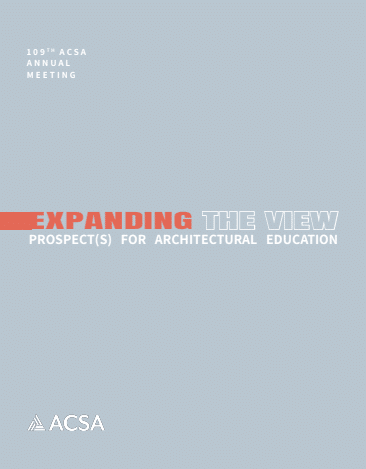Author(s): George B. Johnston & Wenbo Guo
This paper considers the transplantation of the Western concept of architecture to China set against the backdrop of Western colonization from the mid-19th century. With the increasing presence of foreign populations, the urgent demand for a considerable number of new building types greatly spurred the Chinese construction market. Beyond consideration of the physical artifacts, this paper focuses upon the story behind the scenes, the mode of architectural production, and particularly how the intricate relationships among different professionals helped to shape the physical world. The West China Union University, constructed from 1915 through 1940s in Chengdu, Sichuan Province, serves as an apt case study to exemplify this process. A cooperative product of five missionary organizations from the United States, Britain and Canada, this project was designed by a British architect whose practice was based in England, super-intended on-site by an American architect, and constructed by local Chinese workmen. How were these professionals able to communicate and cooperate over such a long distance and across huge cultural gaps in architectural and building practice? This case study demonstrates that the relations among different actors in the field of architecture, specifically the tripartite interactions among client, architect and builder, were far more complex and nuanced than we might otherwise assume. This paper offers critical insights into the dramatic changes in the system of Chinese architectural practice under the sway of Western influence during the first half of 20th century.
https://doi.org/10.35483/ACSA.AM.109.42
Volume Editors
ISBN
978-1-944214-37-1

 Study Architecture
Study Architecture  ProPEL
ProPEL 
